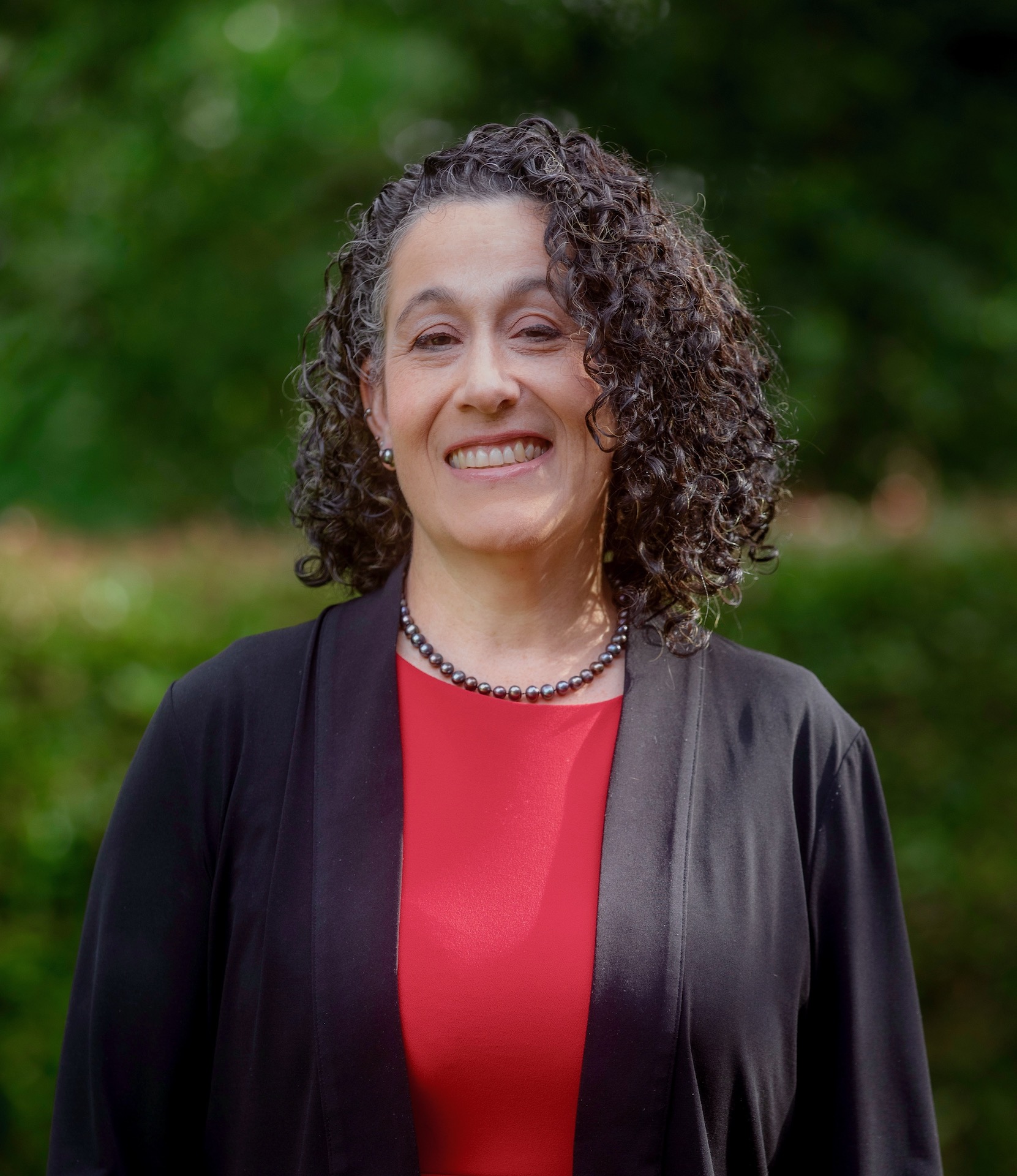Trauma and Stressor Related Disorders and Disasters
Exploring Social Support Experiences by Source among Trauma-Exposed Sexual Minority Women
(PS13-98) Exploring Social Support Experiences by Source Among Trauma-exposed Sexual Minority Women
- Kv
Katherine van Stolk-Cooke, Ph.D.
Assistant Professor
SUNY Geneseo
Geneseo, New York, United States - MP
Matthew Price, Ph.D.
Professor
University of Vermont
Burlinton, Vermont, United States - CD
Christina Dyar, Ph.D. (she/her/hers)
Assistant Professor
The Ohio State University
Columbus, Ohio, United States 
Lindsey Zimmerman, Ph.D. (she/her/hers)
Clinical & Community Psychologist, Implementation Science
Veterans Health Administration, Office of Mental Health & Suicide Prevention, National Center for PTSD, Stanford University
Menlo Park, California, United States
Debra Kaysen, ABPP, Ph.D.
Professor
Stanford University
Stanford, California, United States
Author(s)
Co-Author(s)
Background: Emerging adult sexual minority women (SMW) experience disproptionately high rates of posttraumatic stress disorder, and are at increased risk for inadequate social support after trauma exposure. However, little work has sought to examine how social support for trauma-exposed SMW varies by support source (i.e., friends, family, romantic partners), or how support from these sources may vary based on exposure to more socially stigmatized trauma types, such as sexual assault.
Method: The present study constituted a secondary analysis of longitudinal data collected from trauma-exposed emerging adult SMW (N=235) to explore the relationships between SMW PTSD symptomology, exposure to sexual assault versus other types of trauma, and social support received from friends, family, or romantic partners. Linear regression models were examined.
Results: Results suggested that PTSD symptom severity was associated with less social support from partners, family, and friends (b’s = -0.06, -0.06, -0.07), consistent with prior work. There was also a significant interaction between PTSD and SA on social support from romantic partners (b = -0.01, SE = 0.01, p</em> = .047). This interaction term was not significant for support from friends or family members.
Conclusions: Findings are largely consistent with a broader literature highlighting the negative association between PTSD and social support. Results further highlight the influence of SA on the support SMW receive from their romantic partners, particularly when PTSD symptoms are high. Future studies would benefit from examining posttrauma social support from the dual perspectives of trauma-exposed SMW and their close significant others, and should seek to mitigate the negative impact SA has on social support processes between SMW and their romantic partners specifically.

.png)
